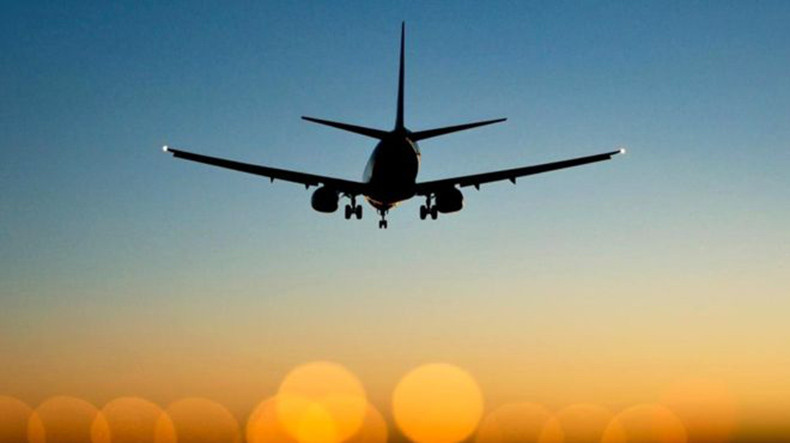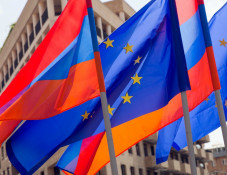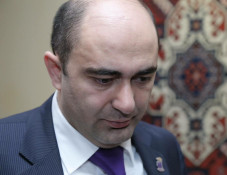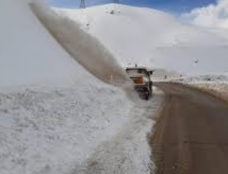
Flying has become more dangerous. Don't just blame Boeing
Flying has become deadlier than it has been for years and it’s hard to pin it solely on Boeing Co.’s infamous 737 Max, Bloomberg reports.
Aircraft accidents occurred more frequently in almost every region worldwide in 2018 as the death toll climbed to a four-year high of 523, according to the International Air Transport Association. The fatal crashes of Ethiopian Airlines Flight 302 and Aeroflot Flight 1492 ensure that this year will be another bad one.
So what happened to the safest form of travel? It’s one of the biggest questions hanging over airline and aircraft executives as they congregate this weekend in Seoul at IATA’s annual meeting for the industry’s largest gathering since the two Boeing 737 Max disasters.
What’s clear is that demand for air travel is growing so fast -- IATA expects it to double in the next 20 years -- that airlines, plane makers and regulators are struggling to keep up. Meanwhile, the pressure to keep costs low has intensified with the proliferation of no-frills carriers catering to travelers obsessed with ticket prices.
And the reality is that safety, whether it be the training of pilots or add-on features in planes, costs money and there’s a limit to how much the industry can spend safeguarding human life.
The surging demand for flights means that the world will need about three-quarters of a million new maintenance technicians and about the same number of new pilots by 2037 just to keep pace, according to Boeing’s projections.
In the twin Boeing Max tragedies, preliminary probes exposed some of the risks associated with the complexities of modern aircraft. In both the October crash in Indonesia and the March disaster in Ethiopia, which killed 346 people, evidence emerged that an on-board system known as MCAS took control of the aircraft from the pilots and repeatedly forced both planes to dive.
Then there’s the issue of pilot training. Flight-handling errors, such as incorrect power or flap settings, contributed to about one third of the 339 fatal and non-fatal accidents between 2013 and 2017, according to IATA.
Newsfeed
Videos






























